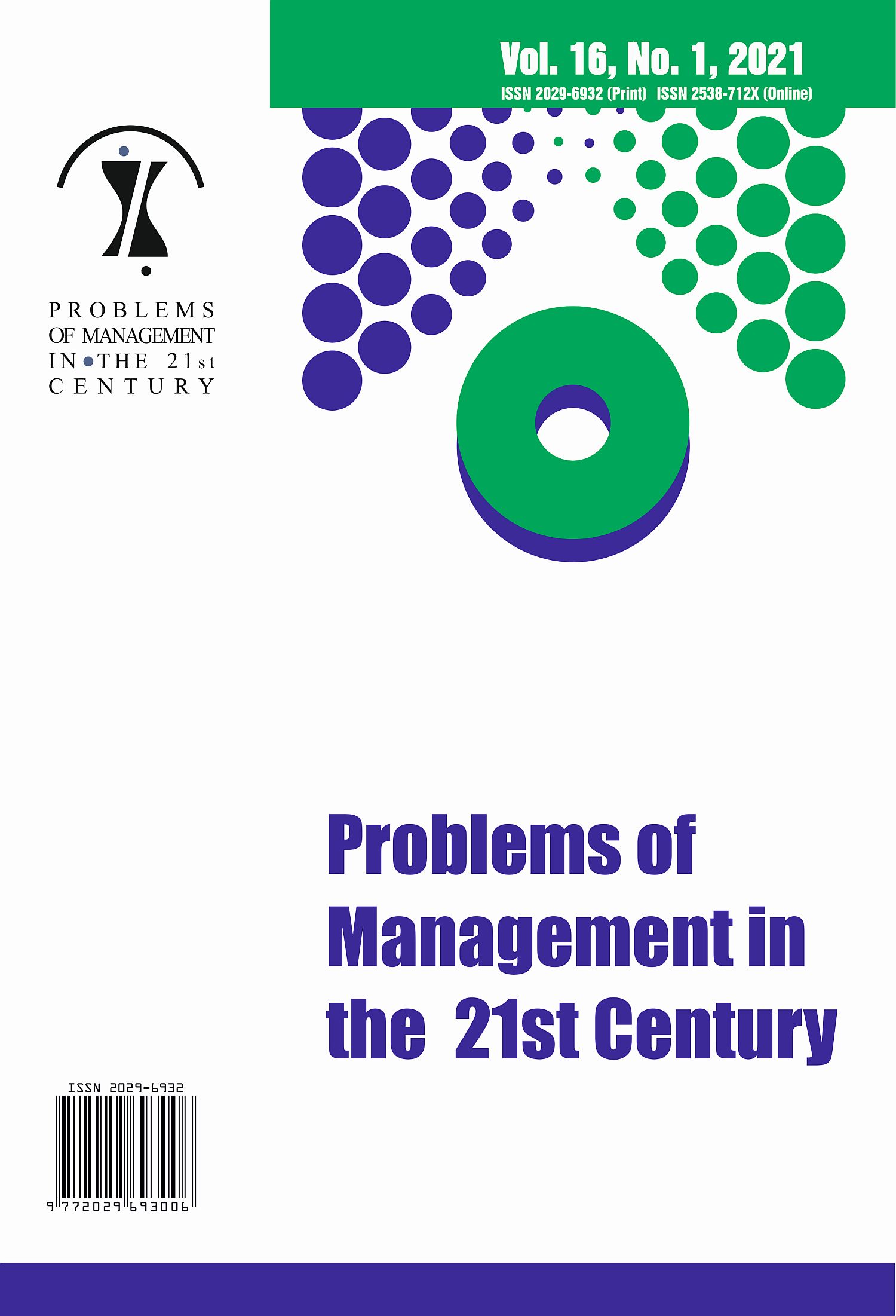COMPARING SCHEDULING APPOINTMENT RULES PERFORMANCE IN HEALTH CARE UNITS: A DISCRETE EVENT SIMULATION APPROACH
COMPARING SCHEDULING APPOINTMENT RULES PERFORMANCE IN HEALTH CARE UNITS: A DISCRETE EVENT SIMULATION APPROACH
Author(s): Thiago Nunes Klojda, Antônio Pedro de Britto Pereira Fortuna, Bianca Menezes Araujo, Daniel Bouzon Nagem Assad, Thaís SpiegelSubject(s): Economy, Business Economy / Management, Health and medicine and law
Published by: Scientia Socialis, UAB
Keywords: discrete event simulation; idle-time; queue management; appointment scheduling; health care;
Summary/Abstract: Health care systems are affected by sudden increases in demand that can be generated by factors such as natural disasters, terrorist attacks, epidemics, among others. Patient demand can be divided between scheduled and walk-in and, in pandemic scenarios, both of them must be managed in order to avoid higher patient waiting times or number in queue. A discrete event simulation model is proposed in order to evaluate critical indicators like: patient waiting times, number in queue, resource utilization (doctors), using four different patient schedule appointment rules. In this study it was also considered patients impunctuality, walk-in patients and no-show in different scenarios. The best schedule appointment rules for each demand scenario were evaluated. After comparing six performance indicators, four schedule appointment rules in nine different scenarios it was found that the most known scheduling rule had the lowest queue sizes at scenarios with low or no walk-in patients, whereas, as the unpredictability of the scenarios rose, other rules outperformed it. It was also presented to exist an inverse relation between queue size and the physician idle time.
Journal: Problems of Management in the 21st Century
- Issue Year: 16/2021
- Issue No: 1
- Page Range: 28-41
- Page Count: 14
- Language: English

